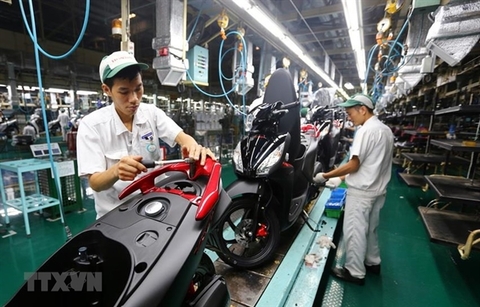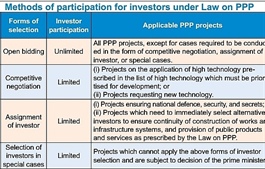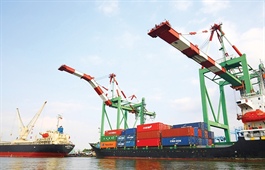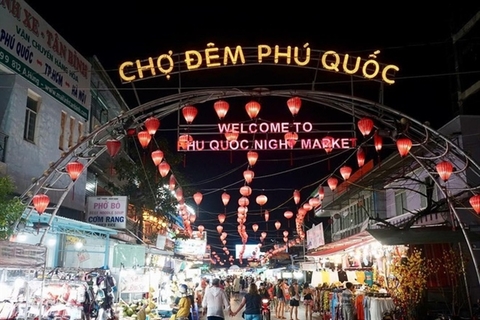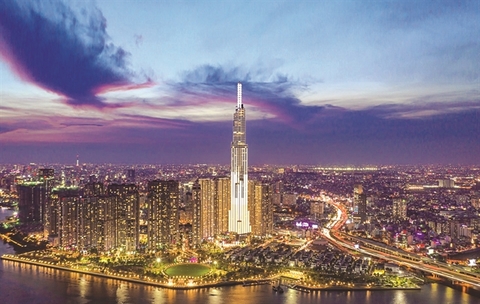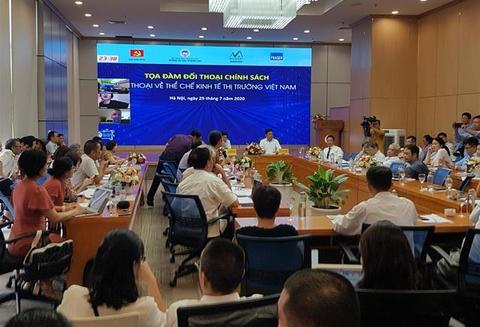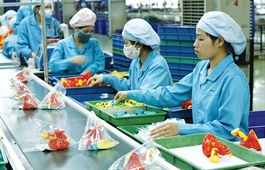Infrastructure system, administrative reforms important to attract FDI
Infrastructure system, administrative reforms important to attract FDI
Ha Noi should focus on improving its infrastructure system while hastening administrative reforms to attract investors eyeing Viet Nam amid the global production shift, experts have said.
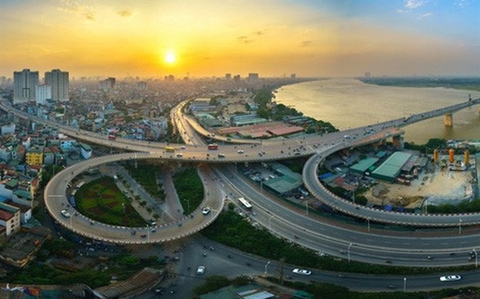
According to Deputy Head of the Party Central Committee Economic Commission Nguyen Huu Nghia, Ha Noi plays an important role in the northern key economic region and in improving regional links.
It was necessary for the capital city to promote regional economic development, Nghia said, adding that the focus should be placed on attracting foreign direct investment (FDI) on offer due to the global shift of value chains pushed by the COVID-19 pandemic.
An important factor was developing the urban infrastructure system, said Tran Quoc Cuong, Deputy Head of the Central Commission for Internal Affairs.
Cuong said Ha Noi had seen considerable infrastructure development in recent years, mostly in the capital city’s northern and western parts. Cuong said more attention should be paid to developing the infrastructure system in the city’s south.
He said that Ha Noi should consider building an airport in the southern region to reduce the pressure on Noi Bai International Airport and contribute to developing the economic triangles Ha Noi – Hai Phong – Quang Ninh and Ha Noi – Thanh Hoa – Nghe An.
Nguyen Mai, Chairman of the Viet Nam Association of Foreign Investment Enterprises, said what was important to Ha Noi now was not how much FDI the city attracted but the quality of the investment.
To compete with other countries in attracting FDI, Mai said Ha Noi in particular and Viet Nam must hasten administrative reforms to create favourable conditions for investors.
In addition, Ha Noi must focus on developing a skilled labour force and tackling traffic congestion and environment pollution, Mai aid.
Besides, attention should be paid to improving the infrastructure system and building industrial zones with developed infrastructure systems and logistics services.
According to the municipal Department of Planning and Investment, the capital city is now more selective in attracting FDI.
The capital city is developing FDI attraction strategies for specific markets, with the Republic of Korea, Singapore, Taiwan, the US, the EU, Australia and New Zealand key target markets.
“Ha Noi will focus on calling for FDI in large-scale projects and highly competitive products and those which promote small and medium-sized enterprises to engage in the global value chains of multinational corporations, through which, the city will receive technology transfer and could develop the support industries,” Nguyen Manh Quyen, Director of the municipal Department of Planning and Investment, said.
Ha Noi aims to attract US$30-40 billion in registered FDI in 2021-25 period with the disbursed capital of around $20-30 billion. Projects which used advanced technologies to increase operational efficiency and protect the environment are set to make up 50 per cent in 2025 and 100 per cent by 2030. The local procurement rate is expected to increase to more than 30 per cent in 2025 and 40 per cent in 2030.
Quyen said the capital would enhance investment promotion, support investors in implementing their projects and protect their rights.
In addition, e-government would be developed to reduce time and costs for enterprises while the city would act to increase investors’ access to land.
He said the city was speeding up the construction of infrastructure in industrial zones and industrial clusters. Statistics showed the city had 17 industrial zones and 107 industrial clusters.
Ha Noi has been among top localities in attracting FDI in recent years. In 2018 and 2019, the capital city ranked first out of 63 provinces and cities in Viet Nam in FDI attraction with registered capital of $7.5 billion and $8.67 billion, respectively.
In the first seven months of this year, Ha Noi attracted around $2.82 billion in FDI and the city expects to attract $5 billion for the full year.






